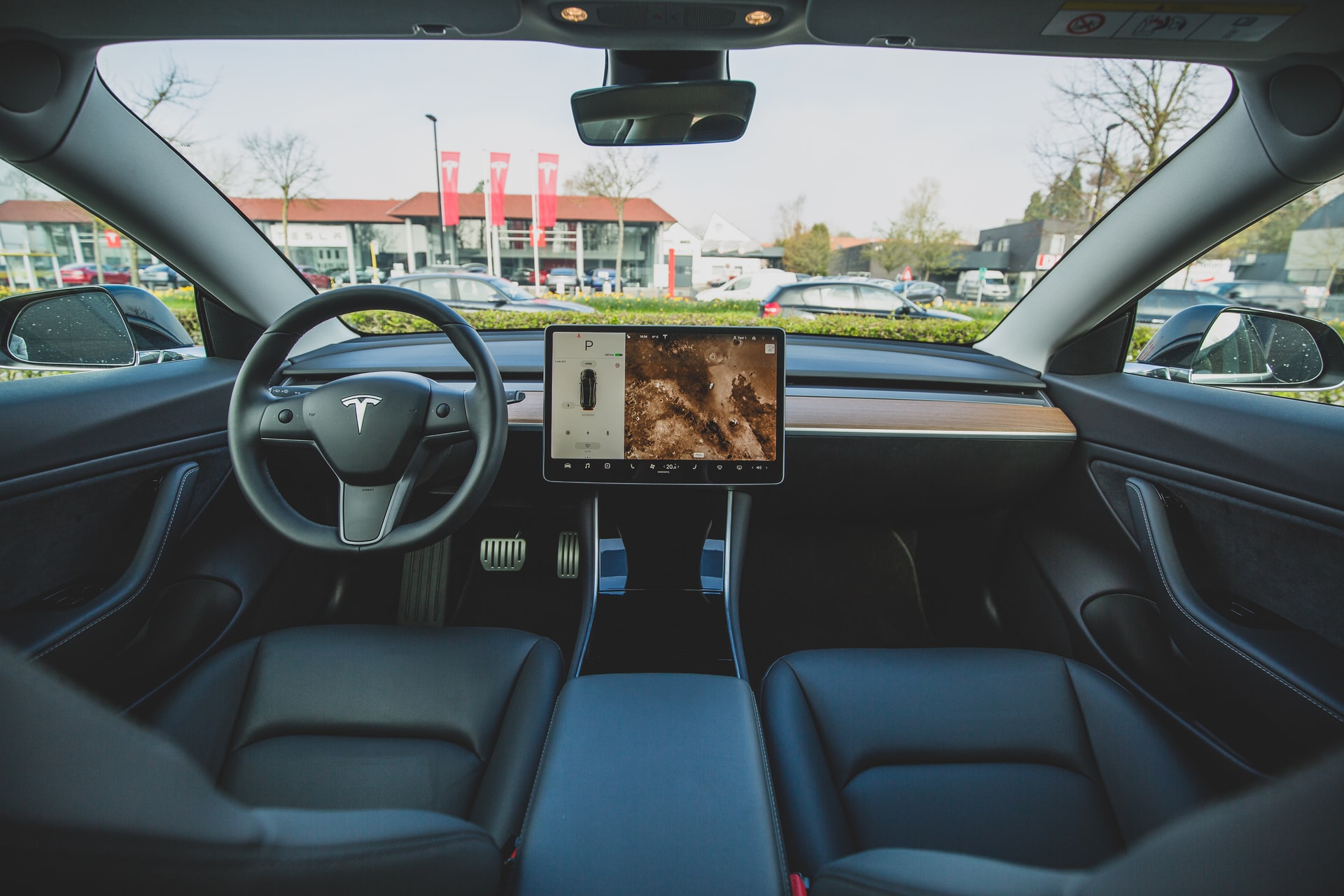Did you know that cars can “talk” to other cars? What would cars have to talk about, the weather?
Vehicle to vehicle communication, or V2V communication, is the wireless exchange of data between cars with computer systems. The purpose of V2V communication is to help prevent car accidents. According to the NHTSA, 615,000 car crashes could be prevented using V2V technology.
What’s The Word?
Vehicles with V2V communication can broadcast data as fast as ten times per second to other vehicles within 300 meters. What kind of information do cars share to prevent collisions?
- Speed of travel.
- Location.
- Direction
V2V vehicles can even send important safety alerts such as the following.
- Dangerous road conditions.
- Oncoming ambulance.
- Traffic ahead.
- Obstructions.
- Car accidents.
- Pedestrians.
Warnings sent to the driver are visual, tactile, audible, or a combination of all three. Vehicle to Vehicle communication systems also have other safety features such as auto-maintained following distance.
Every Pro Has Its Con
It’s hard to imagine any downsides to V2V technology, but there is no such thing as perfection.
Car accident liability can be complicated when it comes to automated vehicles, and V2V cars are no different. If you do get into an accident while driving with vehicle to vehicle communication tech, who is at fault?
The truth is, it varies from case to case, which is why it’s vital to speak to an attorney before talking to the insurance company.
The Other Driver
If the driver was doing or failed to do any of the following, then the driver is likely at fault.
- Driving while intoxicated.
- Distracted driving.
- Neglected car maintenance that could have prevented the accident (including system updates).
- Ignored V2V warnings.
The Manufacturer
There are also plenty of instances in which the car manufacturer would be liable for the car accident.
- Overall design flaw.
- This means that there is something inherently wrong with the design of the product.
- Faulty cybersecurity.
- Individual product flaw.
- This means that not all vehicles under the manufacturer are faulty. There was a mistake with only one vehicle.
- Failure to clearly and properly warn about or explain important vehicle information.
- Safety precautions.
- Potential hazards.
- Operational instructions.
With the right personal injury attorney, it can be thoroughly proven that another party is at fault for the accident. Your lawyer can assist you by gathering the following types of evidence.
- Cell phone records, in cases of distracted driving.
- Traffic, security, or dash camera footage of the accident.
- Statements and opinions from forensic and medical experts.
- Results from ordered investigations.
- Medical records.
You can help your case by gathering evidence of your own as well such as those listed below.
- Photos of the car accident, and your personal injury.
- Contact information of eye witnesses.
- Written details of the time of the accident such as weather conditions, times, and people who were present.
The aftermath of a car accident is stressful enough with managing recovery. Let us handle the rest, including communications with pesky insurers, legal paperwork, and most importantly, winning the compensation you deserve to cover all of your injury related expenses.
Call our St. Louis law firm to schedule an initial consultation, where you will receive free legal advice from a personal injury lawyer near you.

